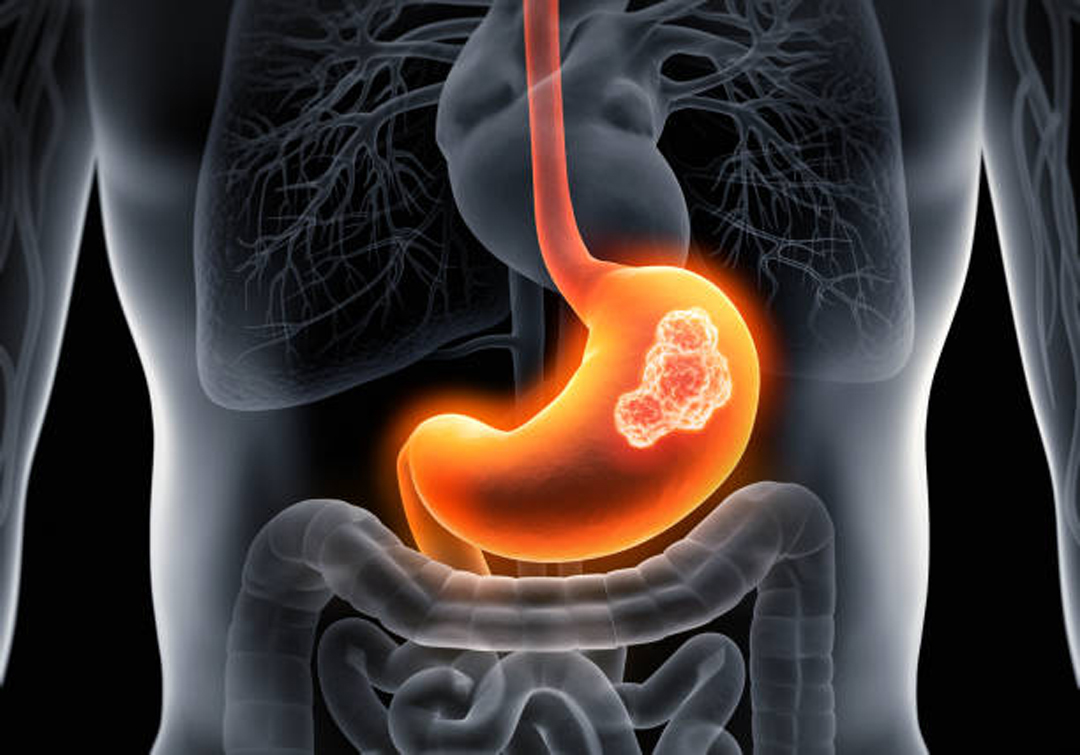
Gastric cancer, commonly known as stomach cancer, is one of the leading causes of cancer-related deaths worldwide. One of the primary treatment approaches for gastric cancer is surgery, which may involve procedures like gastrectomy or gastrojejunostomy, depending on the cancer’s stage and location. This article focuses on the pivotal role of gastrojejunostomy in gastric cancer management, exploring its application in palliative care, its potential benefits and risks, and the latest advancements in surgical techniques.
Understanding Gastric Cancer
This particular type of cancer typically develops slowly over the course of several years, starting with precancerous changes that occur in the lining of the stomach. What makes gastric cancer particularly concerning is its ability to affect any area within the stomach and potentially spread to other parts of the body, thereby significantly impacting the overall functioning of the digestive system.
Recognizing the symptoms associated with gastric cancer is crucial for early detection and timely treatment. These symptoms can include a loss of appetite, unexplained weight loss, stomach pain, episodes of nausea and vomiting, and difficulty swallowing. However, it is important to note that in the early stages of the disease, gastric cancer often presents with minimal symptoms, making it challenging to diagnose until it has progressed to a more advanced stage.
By understanding the nature of gastric cancer and its potential impact on the body, healthcare professionals can better appreciate the significance of procedures such as gastrojejunostomy in the treatment of this disease. Gastrojejunostomy is a surgical procedure that involves creating a connection between the stomach and the jejunum, which is the second part of the small intestine. This procedure can be beneficial for patients with gastric cancer, as it helps to restore and maintain the proper functioning of the digestive system, particularly in cases where the cancer has affected the normal passage of food.
By recognizing the symptoms and potential complications of this disease, medical professionals can effectively diagnose and treat patients, using procedures such as gastrojejunostomy to restore the normal functioning of the digestive system and improve patient outcomes.
The Role of Gastrojejunostomy
Gastrojejunostomy is a surgical procedure where a connection (anastomosis) is created between the stomach and the jejunum (part of the small intestine). This procedure bypasses the lower part of the stomach and the duodenum, allowing food to pass directly from the stomach to the mid-section of the small intestine.
In gastric cancer, gastrojejunostomy plays a critical role, mainly when the cancer obstructs the distal stomach or duodenum, preventing food from passing through the digestive tract. This obstruction can lead to severe symptoms such as persistent vomiting and malnutrition.
Palliative Role
Gastrojejunostomy is often employed as a palliative procedure in advanced gastric cancer. When curative surgery isn’t an option due to the cancer’s progression or overall health status, gastrojejunostomy can alleviate symptoms and improve the patient’s quality of life. Bypassing the obstruction helps restore digestive tract functionality, enabling the patient to eat and digest food more comfortably.
Role in Gastric Bypass
In some cases, gastrojejunostomy is part of a more extensive surgical procedure called gastric bypass surgery. It can serve as an adjuvant treatment alongside chemotherapy or radiation in some localized gastric cancer cases, intending to reduce the stomach’s size and limit food intake. However, this application is less common and still needs to be researched.
Advantages and Risks of Gastrojejunostomy
Gastrojejunostomy can significantly enhance a gastric cancer patient’s quality of life, especially in advanced stages, by alleviating symptoms such as vomiting and difficulty in eating. It can reduce hospitalization duration and improve nutritional status, improving overall survival.
However, like all surgical procedures, gastrojejunostomy comes with potential risks. Complications can include infection, bleeding, and anastomotic leakage (leakage at the site where the stomach and jejunum are joined). There’s also a risk of delayed gastric emptying, where the stomach takes longer to empty its contents into the small intestine.
Recent Advancements in Gastrojejunostomy
Modern medicine has seen significant advancements in the techniques used for gastrojejunostomy, enhancing its safety and effectiveness. One such advancement is the emergence of laparoscopic and robotic-assisted surgeries. These minimally invasive techniques have shown promising results, leading to fewer complications, shorter hospital stays, and faster recovery than traditional open surgery.
Moreover, enhanced recovery after surgery (ERAS) protocols, which involve optimized preoperative, intraoperative, and postoperative management, have improved patient outcomes.
Conclusion
While gastric cancer remains a significant global health challenge, surgical interventions like gastrojejunostomy have proven instrumental in managing this disease, particularly in advanced stages. As research progresses and surgical techniques continue to advance, the role of gastrojejunostomy in gastric cancer management will likely evolve, offering hope for improved patient outcomes and survival rates. Nevertheless, choosing to opt for gastrojejunostomy should always be personalized, considering the cancer stage, the patient’s overall health status, and potential benefits and risks.
Comments
comments